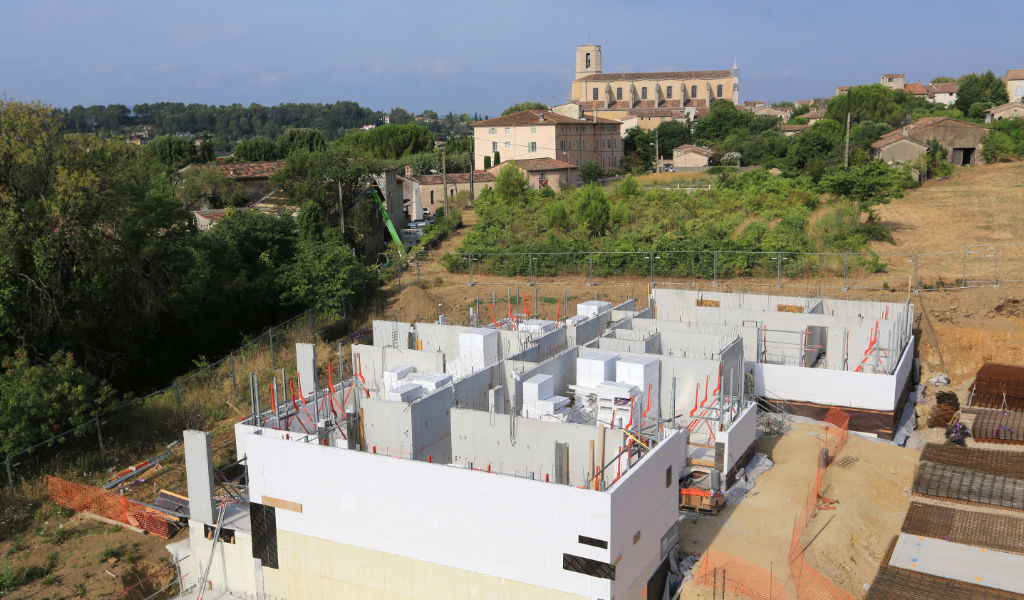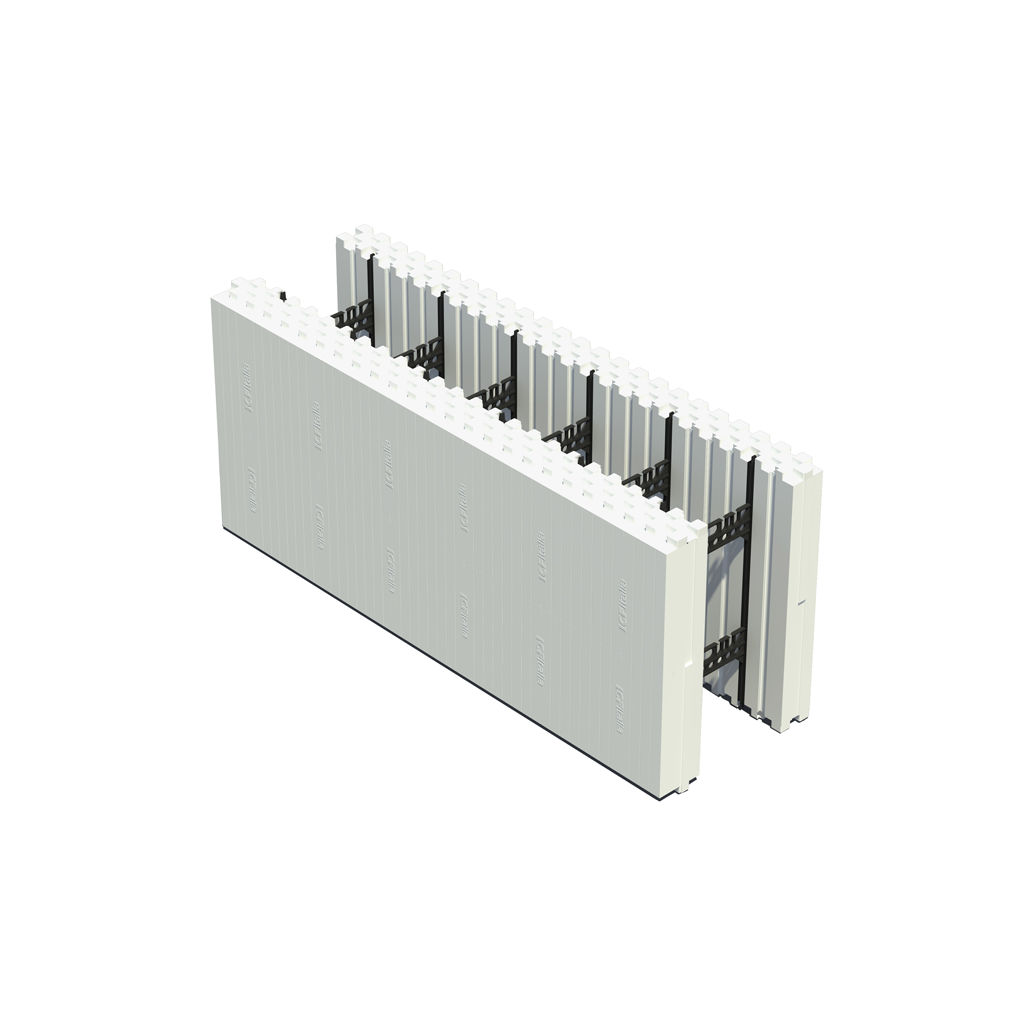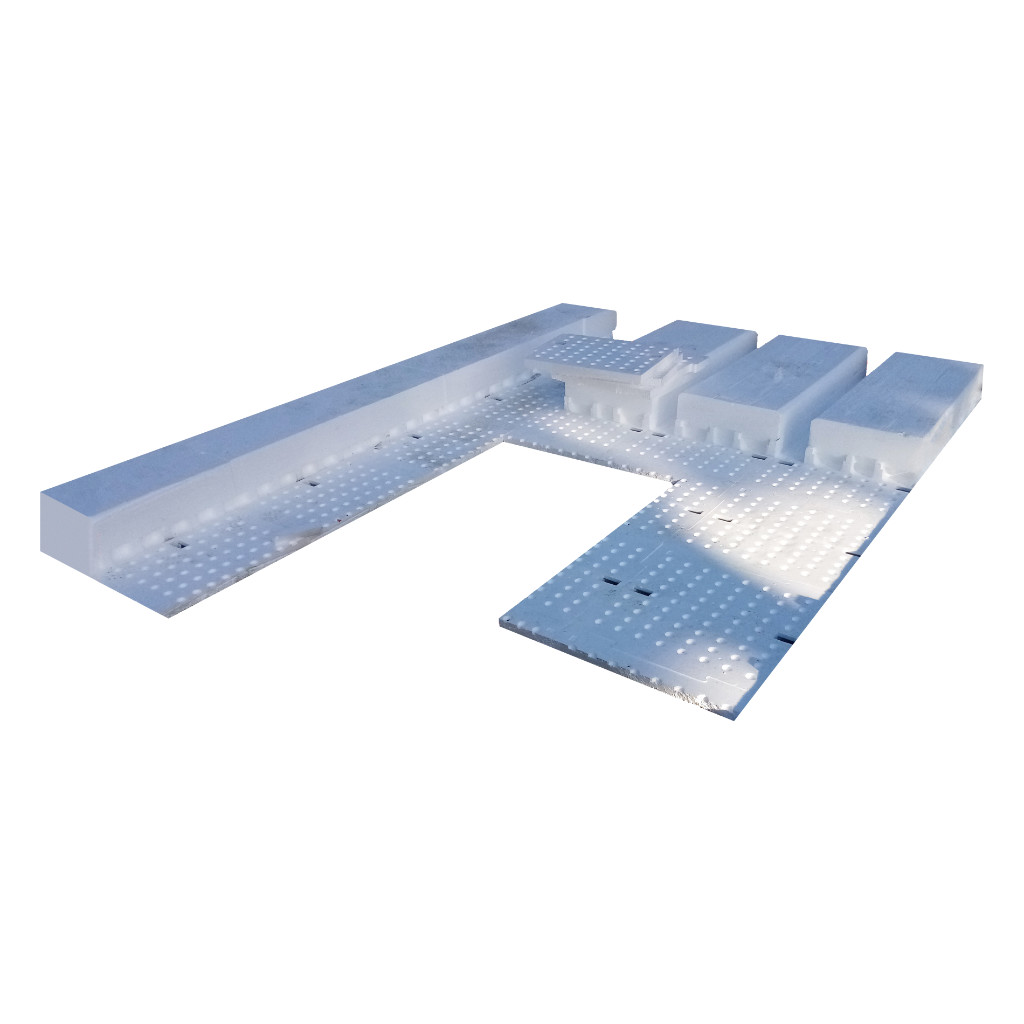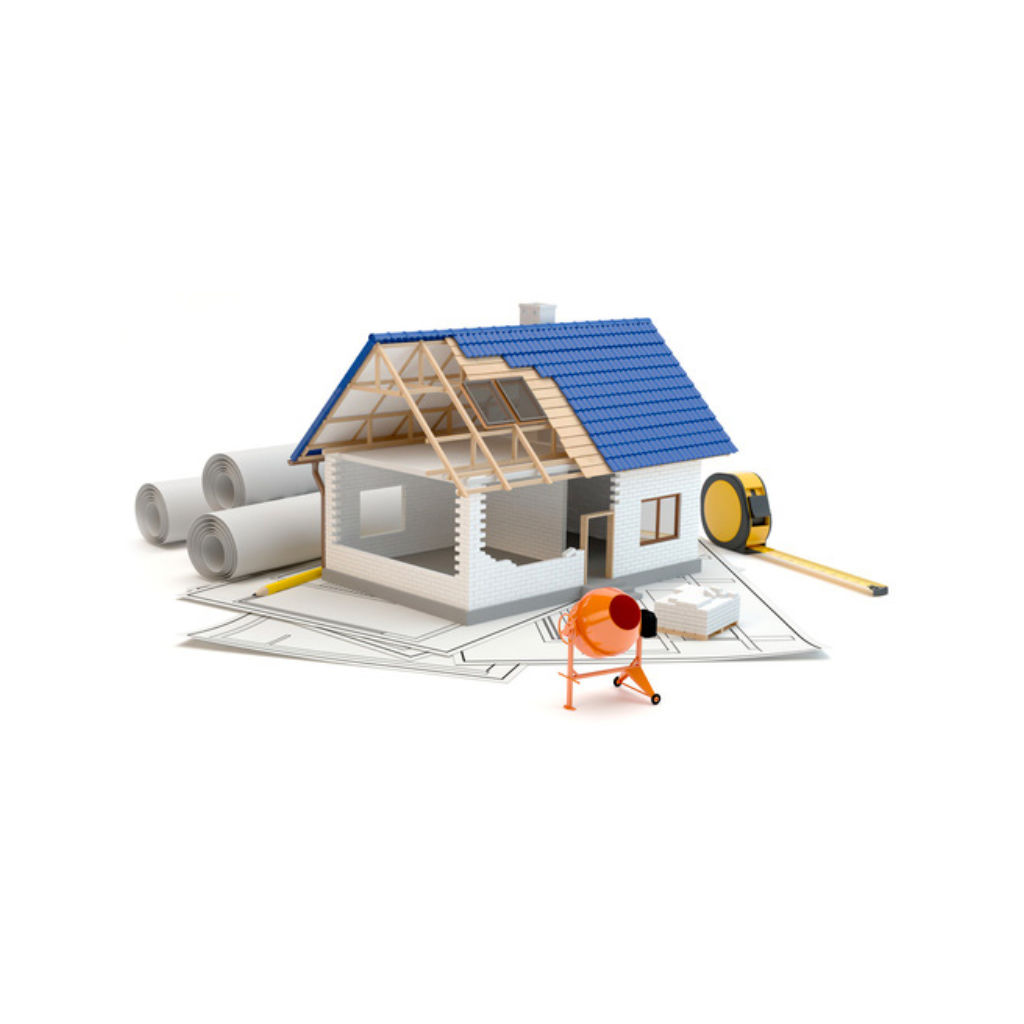The walls made using ICF ITALIA system offer completely reassuring noise reduction values, that are well above those of similar walls made with traditional systems of equal thickness.
On-site measurements were carried out between adjoining real estate units under the conditions provided for by the standard, and noise insulation values (R’w) by air in the order of 58-59dB were derived, well above the regulatory limits (DPCM 5/12 / 1997, minimum 50dB for partitions between real estate units). This results from the available reports.
Until recently, noise was one of the most underrated and least controlled sources of pollution and has only recently been recognized as a serious threat to human health and psycho-physical well-being; this awareness has led to the processing of laws regulating the admissible levels of noise pollution. The growing increase in the value of the properties but, above all, the greater general sensitivity of the population have contributed to the growing attention towards the “house asset”. Noise pollution and interference that turn into”noise disturbance” are crucial parameters in defining the environmental quality of a property. With regard to these issues, for some years now, the number of civil disputes between the buyer of the property and the designer or the construction company has grown, in order to end the causes of the disturbance and to obtain compensation for damages suffered.
Nell´ampia casistica delle vertenze giudiziarie, le rivendicazioni sono centrate principalmente su tre aspetti: − la valutazione delle emissioni sonore in relazione al criterio giurisprudenziale della “normale tollerabilità”, ai sensi dell´art. 844 c.c.; − la valutazione dei requisiti acustici passivi dell´edificio, in relazione ai quali verificare il soddisfacimento del c.d. criterio di “buona tecnica”; − la quantificazione della svalutazione dell´immobile.
Il principio generale, su cui si fonda lo stesso d.P.C.M. 5 dicembre 1997 recante “Determinazione dei requisiti acustici passivi degli edifici”, è stato definito dal documento interpretativo numero 5 del 1994 recante “Protezione contro il rumore”, in ottemperanza alla direttiva europea n. 89/106 del 1988, nel quale è richiesto che “l´opera deve essere concepita e costruita in modo che il rumore, cui sono sottoposti gli occupanti della stessa e le persone situate in prossimità, si mantenga a livelli che non nuocciano alla loro salute e tali da consentire loro soddisfacenti condizioni di sonno, riposo e lavoro”.
Tale requisito, può riguardare tutte le opere, nella misura in cui la salute delle persone può essere influenzata dal livello dei rumori ai quali sono esposte, in relazione alla nozione di “benessere”, applicabile al sonno, al riposo e alle attività lavorative. Senza addentrarci in problematiche di natura legale appare evidente, per quanto sin qui esposto, che gli elementi strutturali che compongono l’edificio, devono essere tali da GARANTIRE l’isolamento acustico richiesto dalle norme vigenti. Ciò rappresenta una tutela sia per gli operatori (imprese di costruzioni, progettisti, direttori dei lavori) sia anche per gli utenti finali (committenti e/o acquirenti degli immobili).
















